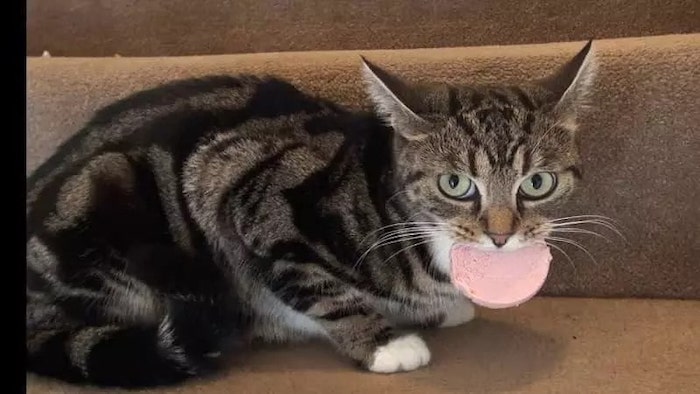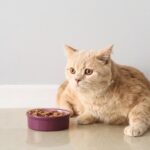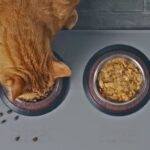As pet owners, we often find ourselves wondering about the foods that are safe and suitable for our feline companions. Bologna, with its distinctive flavor and texture, may have caught your attention as a potential treat for your cat.
However, before you offer a slice of this deli favorite to your furry friend, it’s essential to explore the implications it may have on their health and well-being. In this article, we will provide you with a comprehensive guide to feline nutrition and answer the burning question surrounding bologna and cats.
So, join us as we navigate through the facts, myths, risks, and benefits associated with including bologna in your cat’s diet. Let’s ensure that your feline friend receives the best care and the most appropriate nourishment.
What is Bologna and Why Do Cats Like It?
Bologna is a type of sausage that is made from finely ground meat, usually pork, but sometimes also beef, chicken, turkey, or a mix of these. The meat is seasoned with salt, sugar, garlic, spices, and nitrates, which are preservatives that give bologna its pink color and prevent bacterial growth. The meat mixture is then stuffed into a casing, cooked, and sliced.
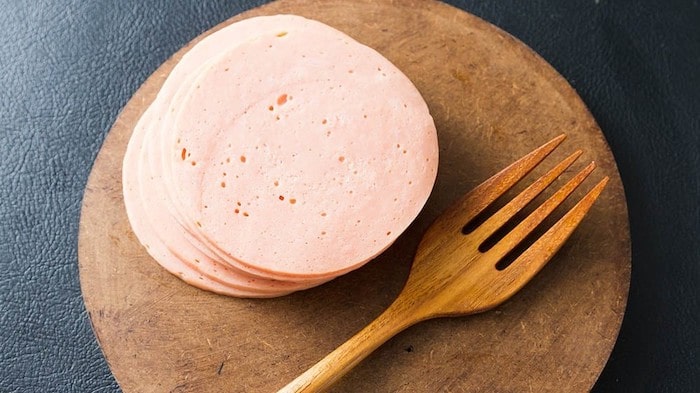
Bologna has a strong meaty smell and taste that may attract cats. Cats are obligate carnivores, which means they need meat to survive and thrive. They have a keen sense of smell and taste that helps them find and enjoy their prey.
Bologna may appeal to their natural instincts and curiosity. Some cats may also beg for bologna from their owners because they associate it with human food and attention.
Why Bologna is Not Healthy for Cats
Although bologna is made from meat, it is not a good food option for cats. Bologna contains ingredients that are harmful or unnecessary for cats, such as salt, fat, sugar, garlic, and nitrates. These ingredients can pose health risks to cats if they eat too much or too often. Here are some of the problems that bologna can cause for cats:
- Salt: Bologna has a high salt content that can lead to salt poisoning in cats. Salt poisoning can cause dehydration, vomiting, diarrhea, incoordination, lethargy, and seizures. In severe cases, salt poisoning can damage the kidneys and lead to death.
- Fat: Bologna is made from fatty cuts of meat that can cause obesity in cats if they consume too many calories. Obesity can increase the risk of diabetes, heart disease, arthritis, and cancer in cats. Obesity can also cause fatty liver disease, which is a life-threatening condition that occurs when fat accumulates in the liver and impairs its function.
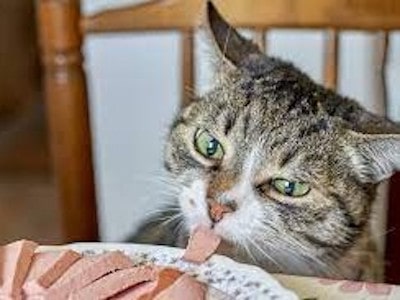
- Sugar: Bologna may contain sugar or corn syrup as sweeteners or flavor enhancers. Sugar is not needed by cats and can cause dental problems, obesity, diabetes, and inflammation in cats.
- Garlic: Bologna may contain garlic as a seasoning or preservative. Garlic is toxic to cats and can cause anemia, which is a condition where the red blood cells are destroyed or reduced. Anemia can cause weakness, pale gums, rapid breathing, and collapse in cats.
- Nitrates: Bologna contains nitrates as preservatives that prevent bacterial growth and give bologna its pink color. Nitrates are not safe for cats and can cause methemoglobinemia, which is a condition where the oxygen-carrying capacity of the blood is reduced. Methemoglobinemia can cause cyanosis (blue gums), difficulty breathing, lethargy, and death in cats.
How Much Bologna Can Cats Eat Safely?
Bologna should not be a regular part of a cat’s diet or a substitute for their normal food. Bologna does not provide the balanced nutrition that cats need and can cause health problems if eaten too much or too often.
If you want to give your cat a taste of bologna as an occasional treat, you should limit it to a small bite-sized piece once a month or less.
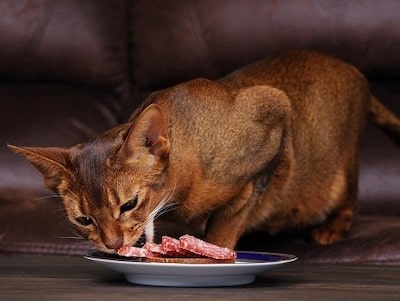
You should also check the ingredients list of the bologna you buy and avoid any that contain garlic or onion powder.
You should also monitor your cat for any signs of bologna overdose or intolerance after giving them bologna. Some signs to watch out for are:
- Vomiting
- Diarrhea
- Lethargy
- Incoordination
- Seizures
- Pale or blue gums
- Difficulty breathing
If you notice any of these signs in your cat after eating bologna, you should contact your vet immediately.
What are Some Healthy Alternatives to Bologna for Cats?
If you want to treat your cat with something tasty and healthy, you should avoid bologna and choose some natural, lean meats that cats can eat safely and enjoy. Some examples are:
- Chicken
- Turkey
- Beef
These meats are high in protein and low in fat and salt. They also provide essential amino acids and minerals that support your cat’s health. You should avoid any seasonings, sauces, or additives that may harm your cat. You should also cook the meat thoroughly to kill any bacteria or parasites that may be present.
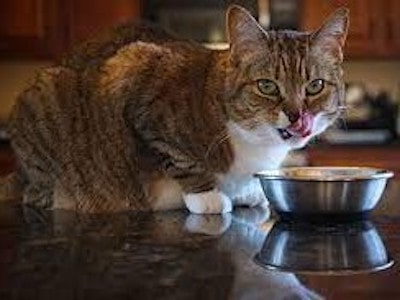
You can also give your cat some organ meat, such as liver, heart, or kidney, as these are rich in vitamins and minerals that cats need. You can also give your cat some bone content, such as chicken necks or wings, as these provide calcium and other minerals that are beneficial for your cat’s bones and teeth. However, you should never give your cat cooked bones, as these can splinter and cause choking or internal damage.
You should always check with your vet before introducing any new foods to your cat’s diet, especially if your cat has any health issues or allergies. You should also introduce new foods gradually and in small amounts to avoid upsetting your cat’s stomach.
FAQ
Can a small amount of bologna be given as an occasional treat?
It is generally not recommended to offer bologna as a treat for cats. There are healthier alternatives available that can satisfy their cravings without compromising their health. If you still want to offer a special treat, consult with your veterinarian to find a more suitable and safe option.
How should I ensure a balanced and nutritious diet for my cat?
To provide a balanced and nutritious diet, it is best to feed your cat a high-quality commercial cat food that is specifically formulated to meet their nutritional needs. These foods are designed to provide the right balance of proteins, fats, vitamins, and minerals required for your cat’s overall health. Consult with your veterinarian for specific dietary recommendations based on your cat’s age, weight, and any specific health concerns.
Can kittens safely consume bologna?
Kittens have delicate digestive systems that are still developing. Therefore, it is best to avoid feeding bologna to kittens. Kittens have specific dietary requirements for their growth and development, and a balanced kitten food formulated for their needs is the ideal choice. Consult with your veterinarian to determine the most appropriate diet for your growing kitten.
Is there any nutritional value in bologna for cats?
While bologna contains protein, it is often highly processed and lacks the essential nutrients that cats require for optimal health. High-quality cat food provides a balanced mix of proteins, vitamins, and minerals specifically formulated for feline nutritional needs. It is always better to rely on these specially formulated diets to meet your cat’s nutritional requirements.
Final Thoughts
In conclusion, while the idea of sharing bologna with your cat may seem appealing, it’s important to prioritize their health and well-being. Cats have unique dietary needs, and their bodies are not designed to handle processed meats like bologna on a regular basis.
The high levels of sodium, fat, additives, and preservatives present in bologna can have negative consequences for your feline friend, ranging from digestive issues to more serious health conditions.
To ensure a balanced and nutritious diet for your cat, it’s best to rely on high-quality commercial cat food that is specifically formulated to meet their nutritional requirements. These cat foods provide the essential proteins, fats, vitamins, and minerals necessary for their overall health and development.

